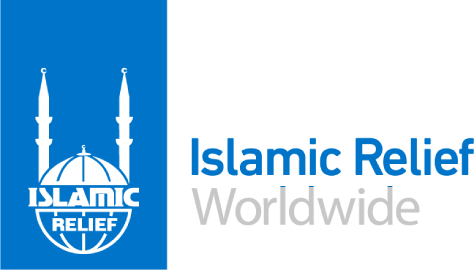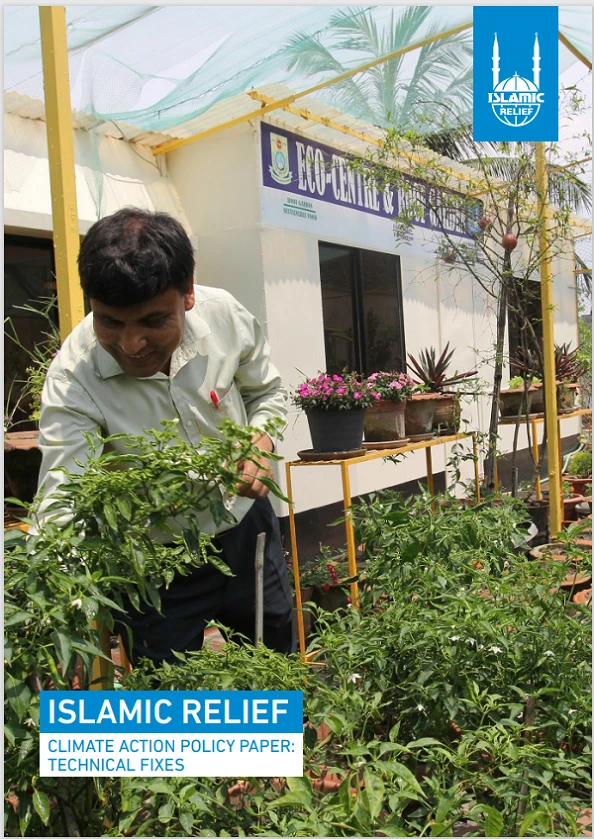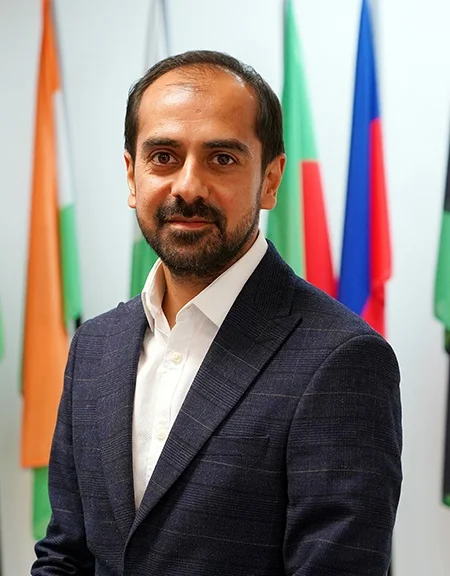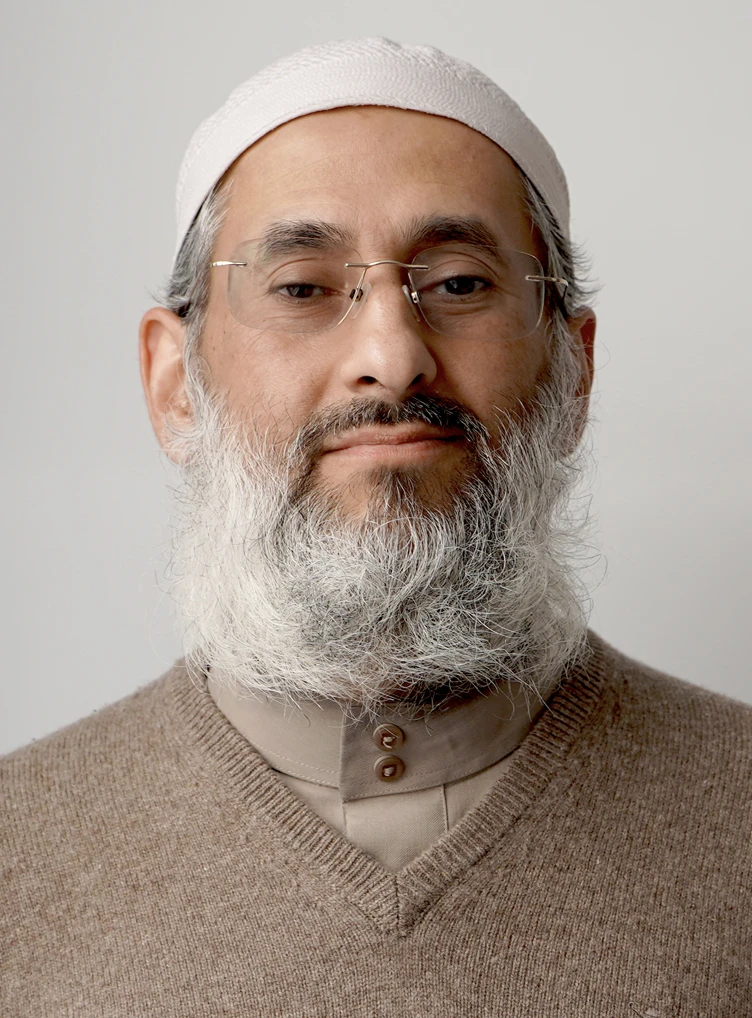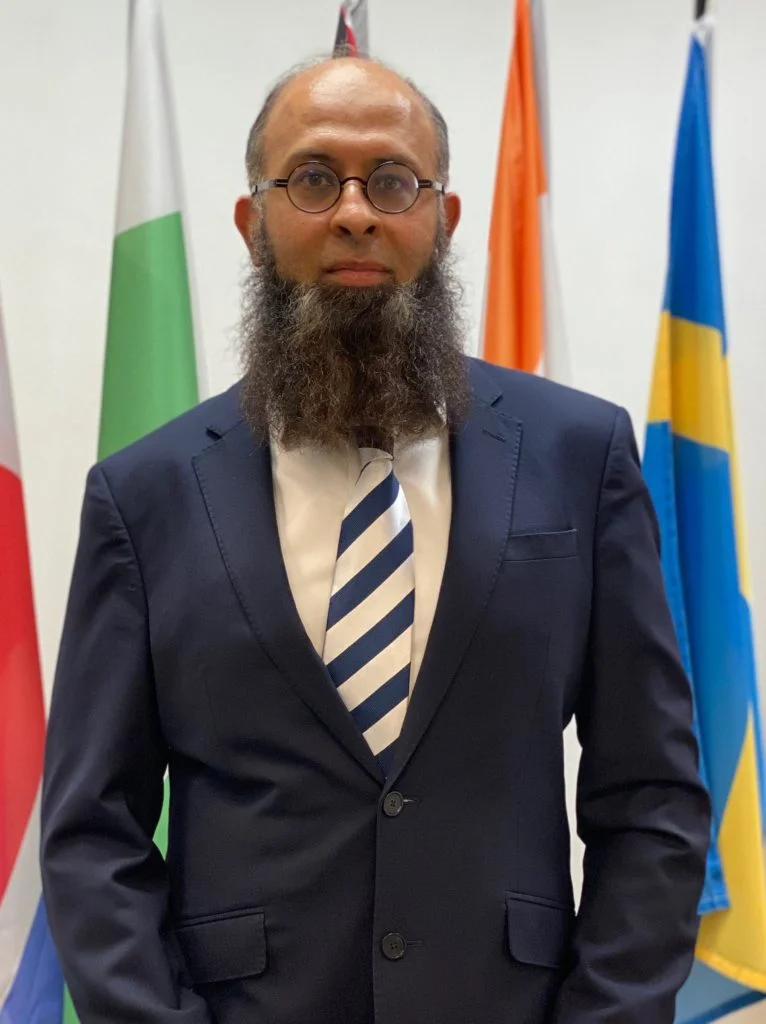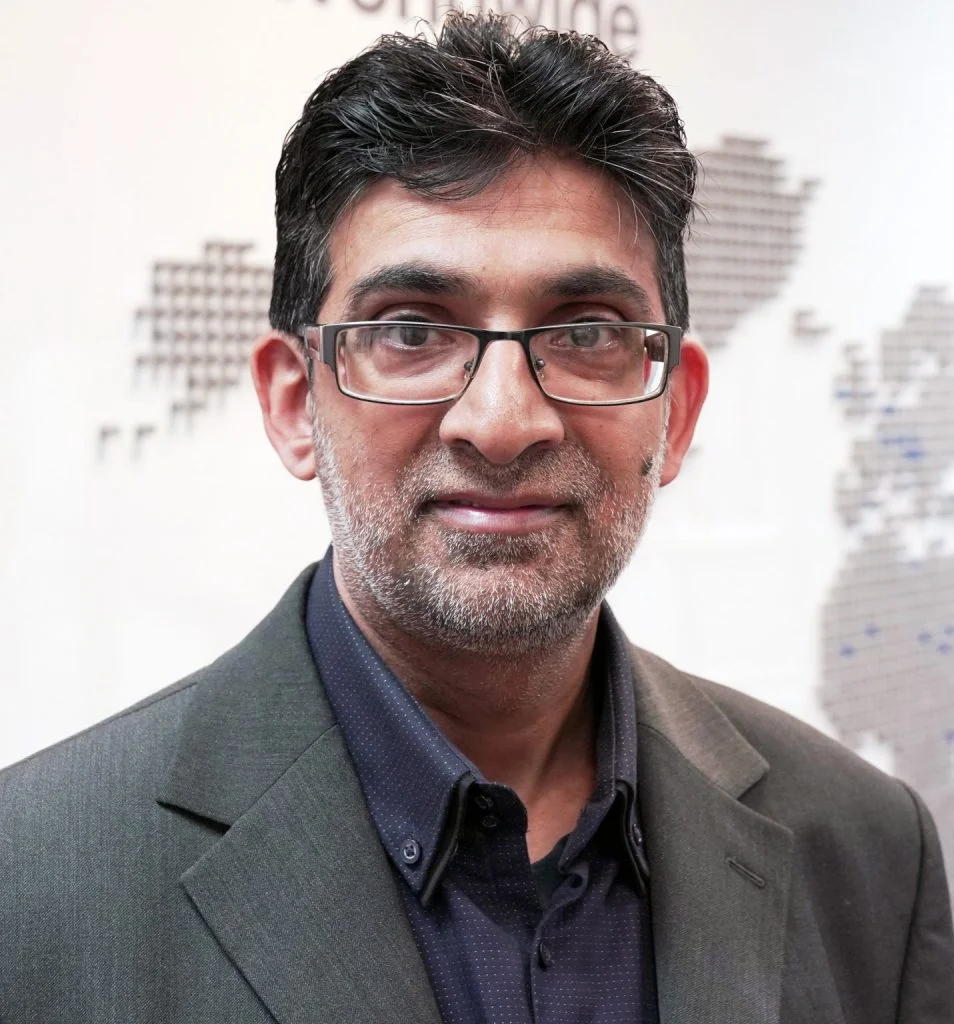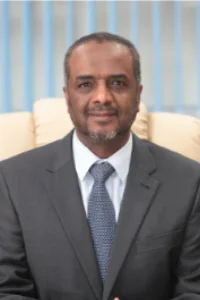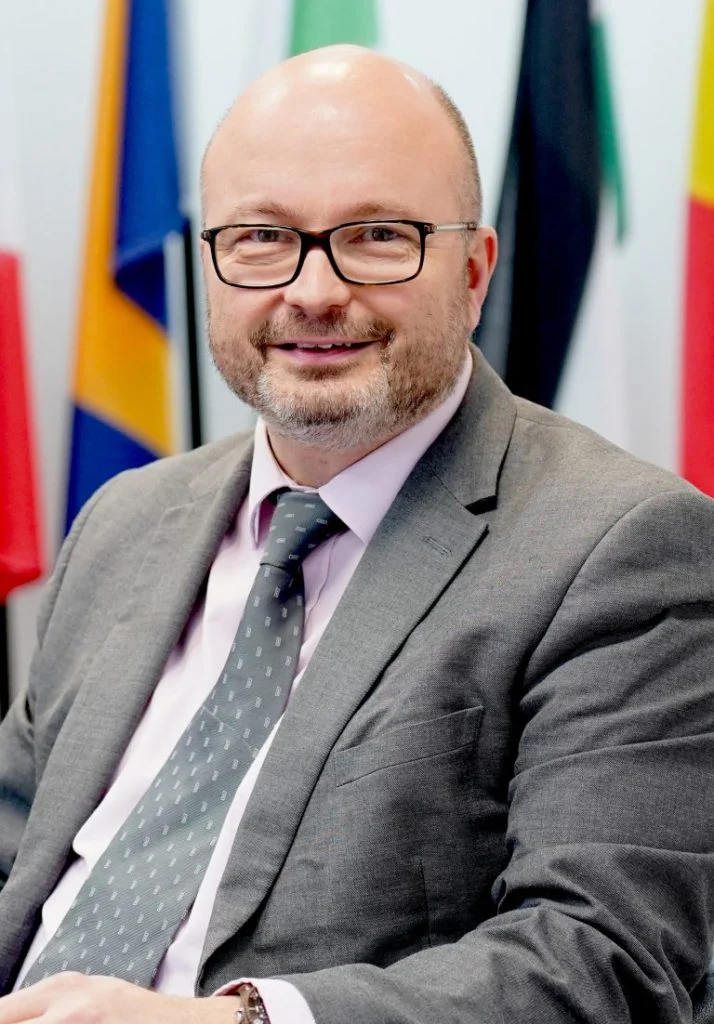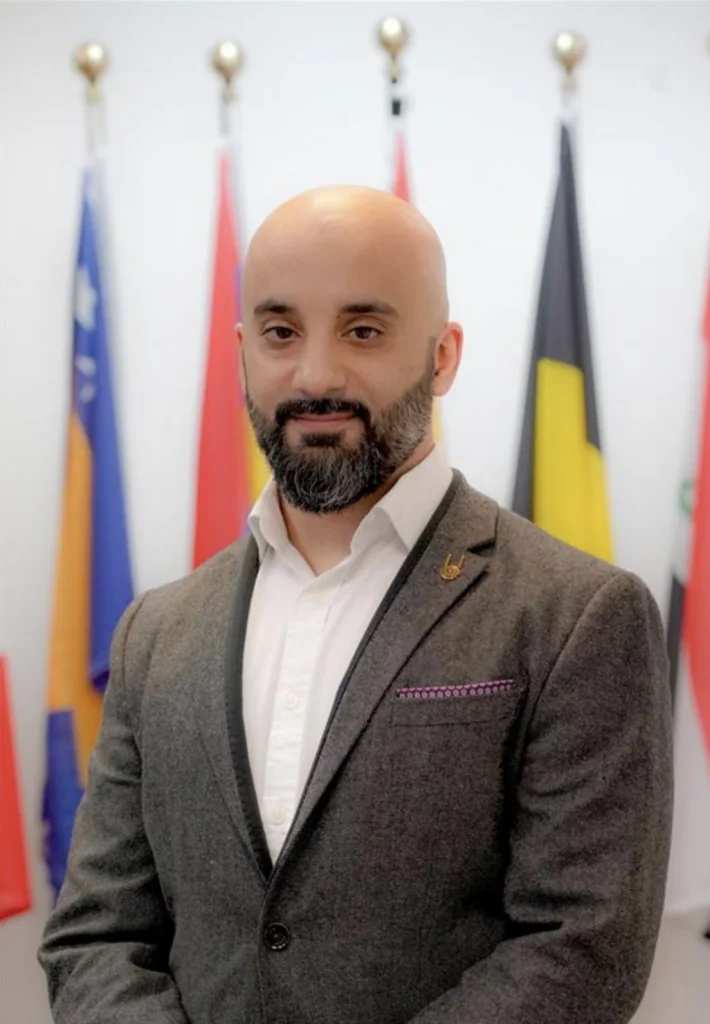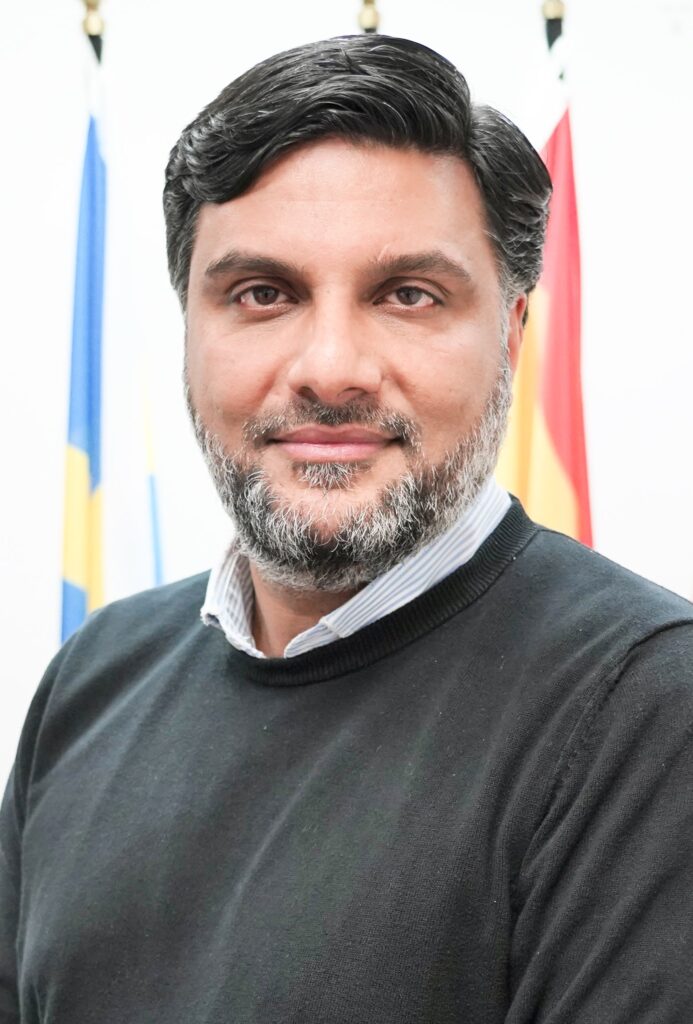After more than a decade of crisis, there are now more people in need of aid in Syria than ever before.
13 years of suffering have left more than 16 million people – 70% of the country’s population – in need of humanitarian aid.
In the past 12 months, new emergencies have compounded the existing crisis and increased the heavy toll on the people of Syria.
The February 2023 earthquakes in north Syria and Türkiye forced large communities already reliant on humanitarian aid even deeper into poverty. Over 10,000 people were injured, while thousands more lost their lives. More than 108,000 individuals were displaced as a result of the earthquakes.
In October, another 150,000 people were displaced in northwestern Syria as the area experienced the most significant uptick in violence since 2020, with dozens of civilians killed and hundreds wounded by artillery airstrikes.
More than 7.2 million people are displaced across Syria, many of whom are living in overcrowded camps with poor access to food and water.
Meanwhile, the economy continues to crumble, with the average price of a visit to the supermarket rising by 88% between February and September 2023.
Water drying up, diseases spreading
Life in Idlib’s Babesqa camp for internally displaced people (IDPs) isn’t easy for Abu Muhammad and his wife, who left their home several years ago in search of safety.
“Work has become more difficult for us as we have grown older, and humanitarian aid has become our main source of survival,” he explains.
“We find it difficult to ensure the cleanliness of the water we use, which exposes us to health risks of contracting infectious diseases.
“With the spread of cholera in these camps, we live under the constant threat of the spread of this epidemic,” Abu Muhammad says.
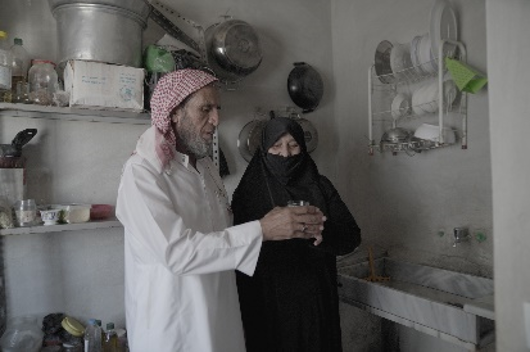
Prolonged drought and the rising price of bottled water have left many in Syria with no other option than to drink potentially unsafe water from private wells. As such, there has been a sharp rise in waterborne diseases, such as cholera, with an outbreak that began in 2022 continuing into this year.
Islamic Relief built a high-capacity water tank to ensure clean water is available to the residents of Babesqa camp, removing one challenge faced by families like Abu Muhammad’s.
“Alhamdulillah, clean, sterile water is now delivered to us regularly through controlled water networks.
“We use this water for cooking, drinking, and washing, and this has greatly alleviated the difficulties we face in obtaining clean water,” he says.
Islamic Relief has been supporting the people of Syria since 2012, remaining on the ground as the crisis has deepened. Along with our emergency response, we support communities and individuals to rebuild their lives through sustainable employment initiatives, healthcare provision and orphan sponsorship.
With your help, we can continue to stand with the people of Syria: donate to the Syria Crisis appeal now.
Editor’s note
All statistics taken from Syrian Arab Republic: 2024 Humanitarian Needs Overview (February 2024), produced by United Nations Office for the Coordination of Humanitarian Affairs.

